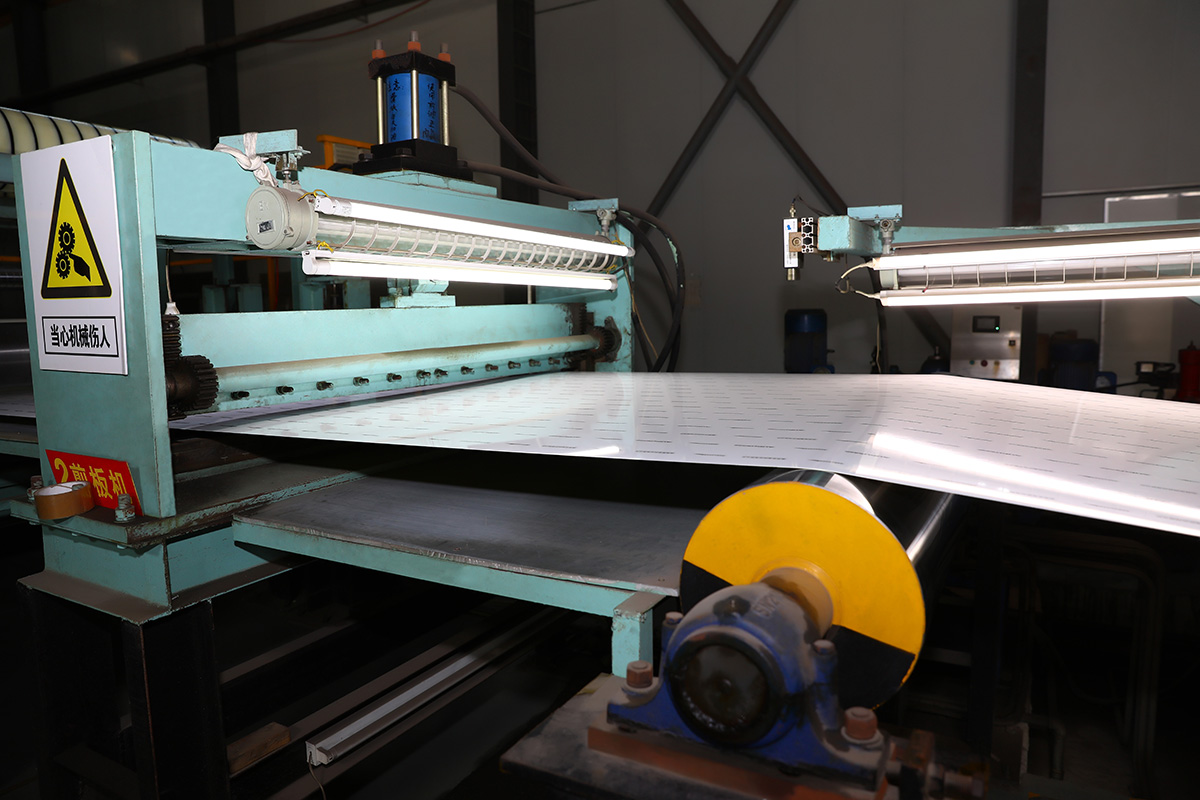

The application of adhesives, sealants and coatings req […]
The application of adhesives, sealants and coatings requires a series of specialized rollers with specific roller surface coverage, surface treatment and temperature specifications.Industrial rollers are used in the manufacture and processing of almost all materials, from paper to coiled steel, plastic packaging to textiles. From reducing wrinkles in thin gauge materials to flattening rolled steel and laminated plastics, rollers also play a key role in many processes. Advanced heat transfer rollers can even overheat the material above 500 ° F, or cool the material to near freezing.
Hot and cold roll
Especially when using sheet or roll materials, the application of adhesives, sealants and coatings requires a series of specialized rollers with specific roller surface coverage, surface treatment and temperature specifications. Like most machine components and processes, even small changes can cause a chain reaction. Changes in roll geometry will affect line speed, changes in roll sleeve compounds will affect coating quality, and changes in heat transfer roll speed will affect lamination results.
Heat transfer rollers are quite complex products. The high-performance design is double-shelled, with preheated (or pre-cooled) heat transfer fluid flowing between the two shells (see Figure 1). The chemical properties of heat transfer fluids vary widely, although most hot-rolled versions use oil-based fluids, while cold rolling mills typically use ethylene glycol or water. The shaft of the drum is perforated to accommodate the in and out of the fluid, and the inner shell has a convex spirally wrapped wrap, which helps to distribute the fluid evenly.
Adhesives and coatings can be applied to flat coils in a variety of ways, such as plastic packaging, paper, and laminated foil. Almost all technologies use hot glue, and then immerse or spray the product. Some processes use a "glue roller" that immerses half of the water in the adhesive and transfers the glue to the glue as it flows over the top.
After application, drying and curing ovens are often used. However, in some cases, the adhesive is applied cold, and special heat transfer rollers heat the coating material. This is particularly prominent in the field of textiles and nonwovens, especially in waterproof coatings, which must be heated to penetrate into porous fabrics.

design variable
Because the design of heat transfer rolls involves many variables, fluid temperature and flow input, and adhesive and material chemistry, it is best to hire an engineer with knowledge of computational fluid mechanics to design your roll. Today's advanced adhesives and coatings require a very specific temperature range, are evenly distributed across the surface of the roll, and have little change during long-term production.For heat rollers, the most important performance variables are the cavity size (where the fluid flows) and the angle of the spiral winding. Increasing the specification of any component in a complex design formula may reduce the temperature of the roller by one to two degrees, or cause uneven temperature distribution, which is not suitable for
process optimization. Heat transfer rollers can reach temperatures above 500 ° F, although this level of heat is not generally guaranteed in the adhesives field.
Even if the heating roller is not used, it is very likely to use the "cooling roller" for cooling and solidification. Cold rolls are essentially heat transfer rolls that transport cold fluids. They just have different names. It is usually necessary to use multiple "S" type cooling rollers to provide complete cooling, but like the hot rollers, the cooling roller should be designed for its application. It is unwise to use today's advanced formula to make the curing uneven or incomplete.
In some cases, even with the best efforts to stick the wrong adhesive and isolate it where it is sticky, in the field of coatings, the lack of mold release is still a challenge. To solve this problem, the heat transfer roller can be covered with a thin, highly releasable silicone roller cover. Silicones can withstand extreme temperatures and are known for their release characteristics. If the roller is driven or has a pulling function, the silicone roller sleeve may also be beneficial because it can provide sufficient grip (especially in a kneading or nip system) without sticking.
In many cases, the heat transfer roller is chrome-plated and polished to a very low Ra value to achieve a mirror finish (4-8 Ra) or an optical mirror finish (0-1 Ra). Chromium is known for its high mold release and chemical resistance because it does not damage or weaken the gloss of hot soft plastics. However, the surface finish of the heat transfer roller does vary, depending on the chemicals used and the materials being processed. Nickel plating is popular in extremely harsh environments, as is thermal spray tungsten carbide. These are not cheap alternatives to chromium, but they are more durable than basic chromium.
https://www.china-jiahu.com/